The gaming business is undergoing significant change due to blockchain technology. The emergence of the blockchain gaming industry is among the most interesting developments.
In-game NFTs and gaming tokens are two crucial components of this. Although they have separate functions, many people mix the two together. Players, developers, and investors can make better choices in the blockchain gaming market by being aware of their distinctions.
Let’s examine each of these terms’ definitions and how they function in a game.
What Are Gaming Tokens?
Gaming tokens are the term used for blockchain game digital currencies. In most cases, well-known blockchain platforms like Ethereum, Solana, or Polygon are used as the foundation. Tokens serve multiple purposes. Most commonly, gamers spend them to buy in-game purchases, collect rewards, or pay entry fees.
Certain games have two kinds of gaming tokens:
- Utility Tokens – For game-related purposes like character enhancement or equipment buying.
- Governance Tokens – Allow voting capability for game patches or community selection.
These tokens are typically fungible, i.e., one token is as valuable as the other. It’s like carrying gold coins in an RPG game or digital credits in a car-racing game.
What Are In-Game NFTs?
In-game NFTs (non-fungible tokens) are unique digital items that are owned by the players. They are not fungible like gaming tokens. Each NFT has special attributes, and thus it is different from any other object.
For example, an NFT of a sword may have special powers and can be possessed by one player. If another player wants to possess it, they have to buy or trade for it. NFTs are stored on the blockchain, confirming their ownership and authenticity.
This makes in-game NFTs tradable, sellable, or collectible outside the game. Players sell them on marketplaces like Magic Eden or OpenSea, often for gaming tokens or cryptocurrency.
Key Differences Between Gaming Tokens and In-Game NFTs
Feature | Gaming Tokens | In-Game NFTs |
Type | Fungible | Non-fungible |
Purpose | Currency for transactions | Unique item ownership |
Interchangeable | Yes | No |
Example Use | Buy power-ups or upgrades | Own a rare character or weapon |
Value Type | Same value across all units | Varies based on rarity, demand |
Tradable Outside Game | Yes | Yes |
Blockchain Use | Tracks supply and transfers | Proves ownership and uniqueness |
Understanding these differences helps players engage more confidently in the blockchain gaming economy.
How Do They Work Together in Games?
Many blockchain games use both gaming tokens and in-game NFTs to build a richer experience. Here’s how they often interact:
- Earning Rewards: Players complete tasks or win battles to earn gaming tokens.
- Buying NFTs: Use those tokens to buy in-game NFTs like a new outfit or special skill
- Selling NFTs: Trade an NFT on a marketplace and receive gaming tokens in return.
- Reinvesting: Use the tokens again to upgrade characters or enter tournaments.
This cycle creates a sustainable in-game economy. Players aren’t just spending money. They are investing in their digital assets.
Real-World Examples
Here are a few games that make use of both systems:
- Axie Infinity: Players use Smooth Love Potion (SLP) as a gaming token. They collect and battle with Axie NFTs.
- Gods Unchained: Players earn GODS tokens and use them to trade unique card NFTs.
- The Sandbox: Uses SAND tokens to buy land and items, all represented as NFTs.
These games allow players to get real value out of their time and expertise. The more skilled or strategic the player, the greater the rewards they can reap.
Why Does This Matter?
The mix of gaming tokens and in-game NFTs gives players more control and value. Instead of just spending money on temporary fun, players build assets they truly own. This shift is helping shape the future of gaming.
Here are a few reasons why it matters:
- True Ownership: Players can keep, sell, or trade items freely.
- Play-to-Earn: Gamers can earn real income, not just in-game rewards.
- Global Market: Items and tokens can be traded across borders with no limits.
- Community Growth: Governance tokens let players shape game development.
The blockchain gaming economy empowers players like never before. It changes how games are built, played, and experienced.
The blockchain gaming world can seem confusing at first. But once you understand the difference between gaming tokens and in-game NFTs, it becomes much clearer. Think of tokens as digital money and NFTs as digital collectibles or property.
Both are essential in creating a fair and exciting game environment. Together, they build a system where players are more than users – they’re active participants in a growing economy.
As more games implement blockchain, a grasp of how these tools work will be key to enjoying and benefiting from the future of gaming.
Remember, investing in cryptocurrencies involves risks, and it’s important to conduct thorough research and seek professional advice before making any financial decisions. (Please keep in mind that this post is solely for informative purposes and should not be construed as financial or investment advice.)


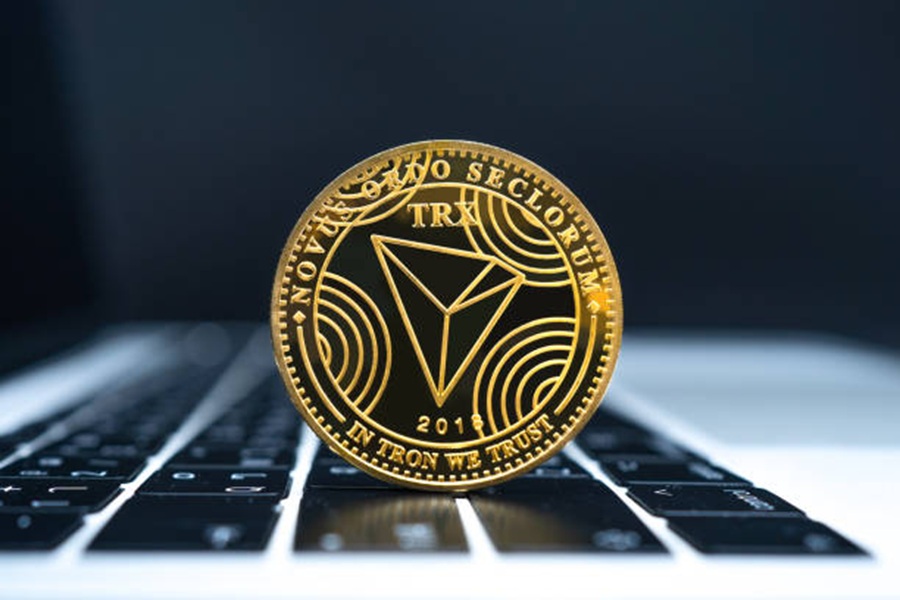





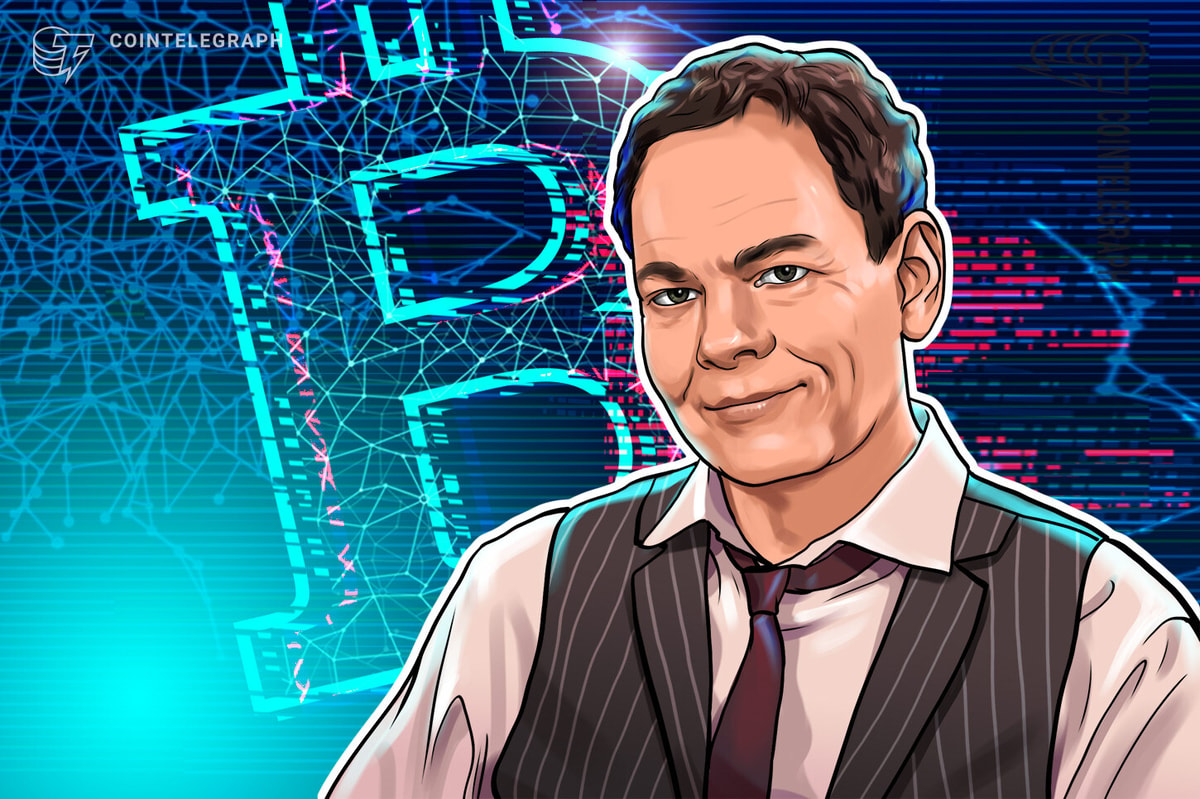
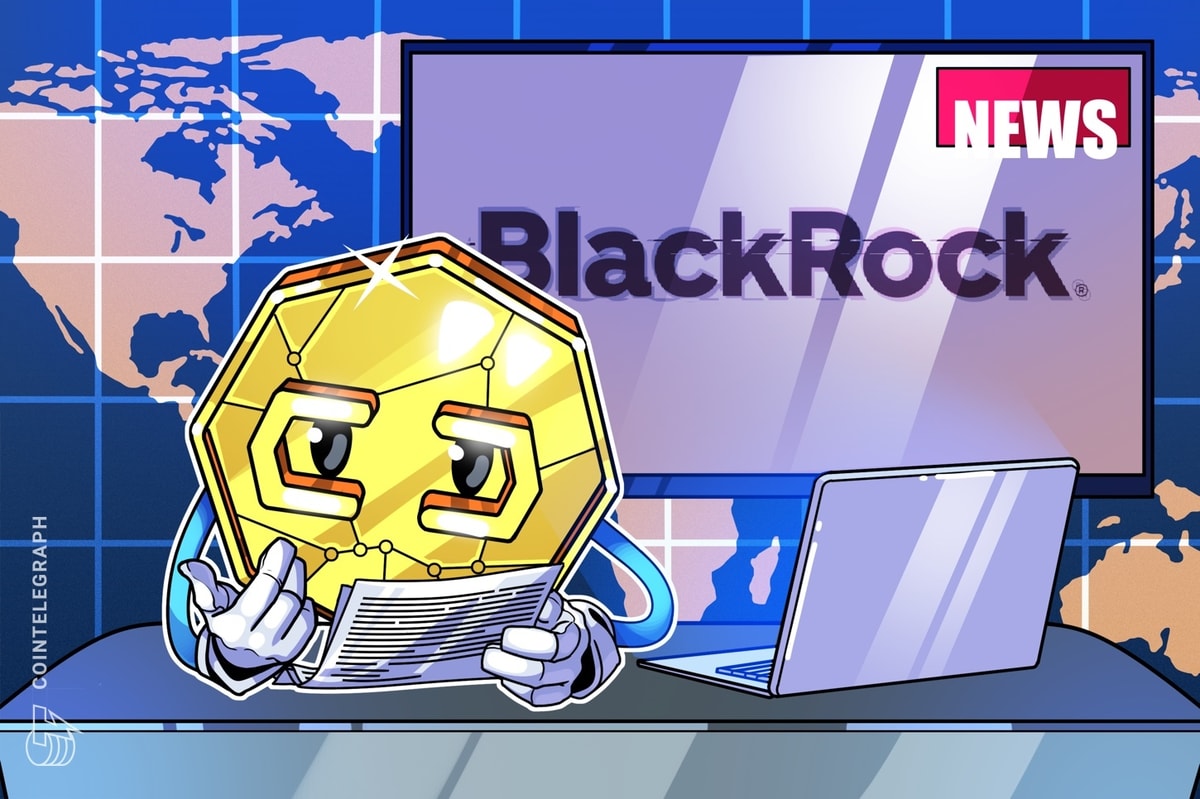
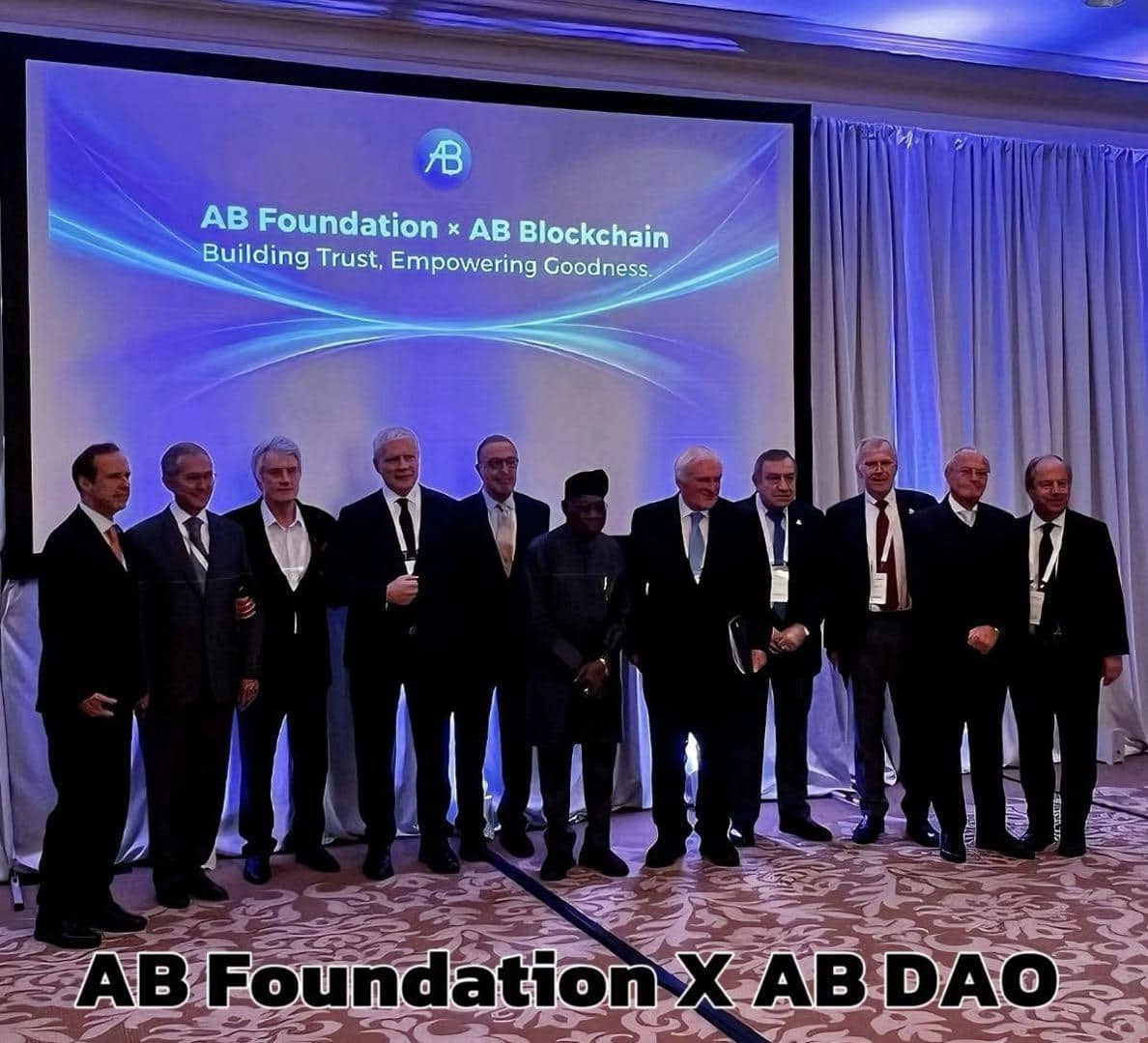
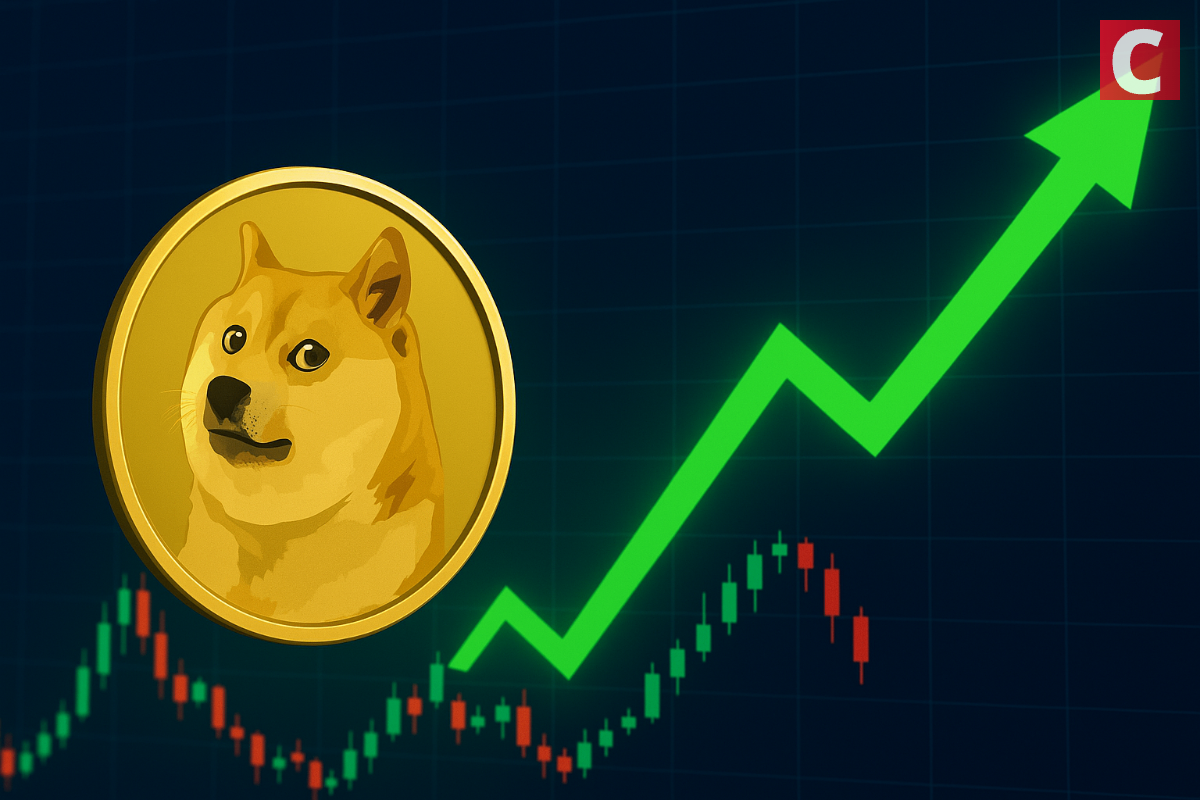

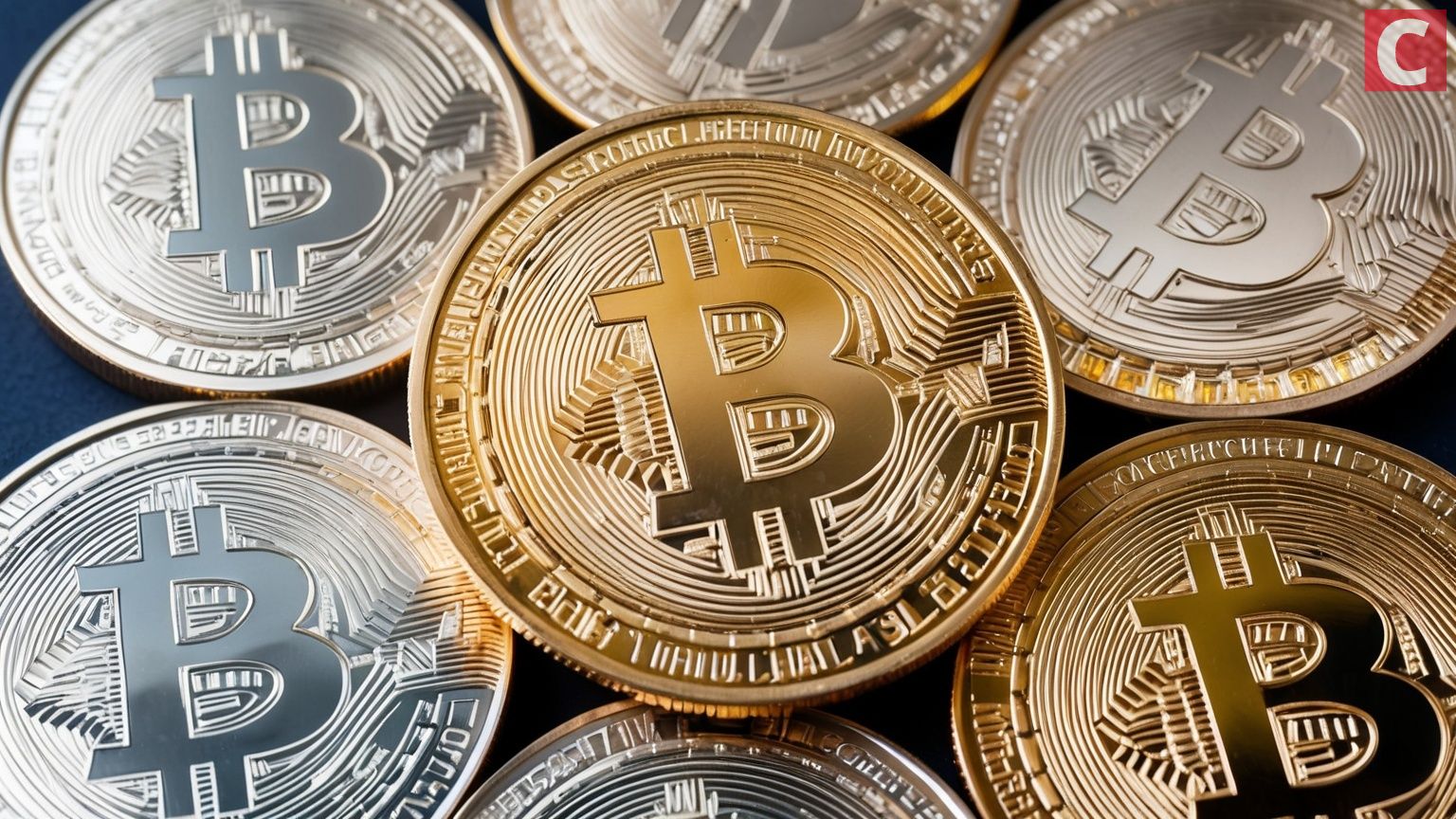
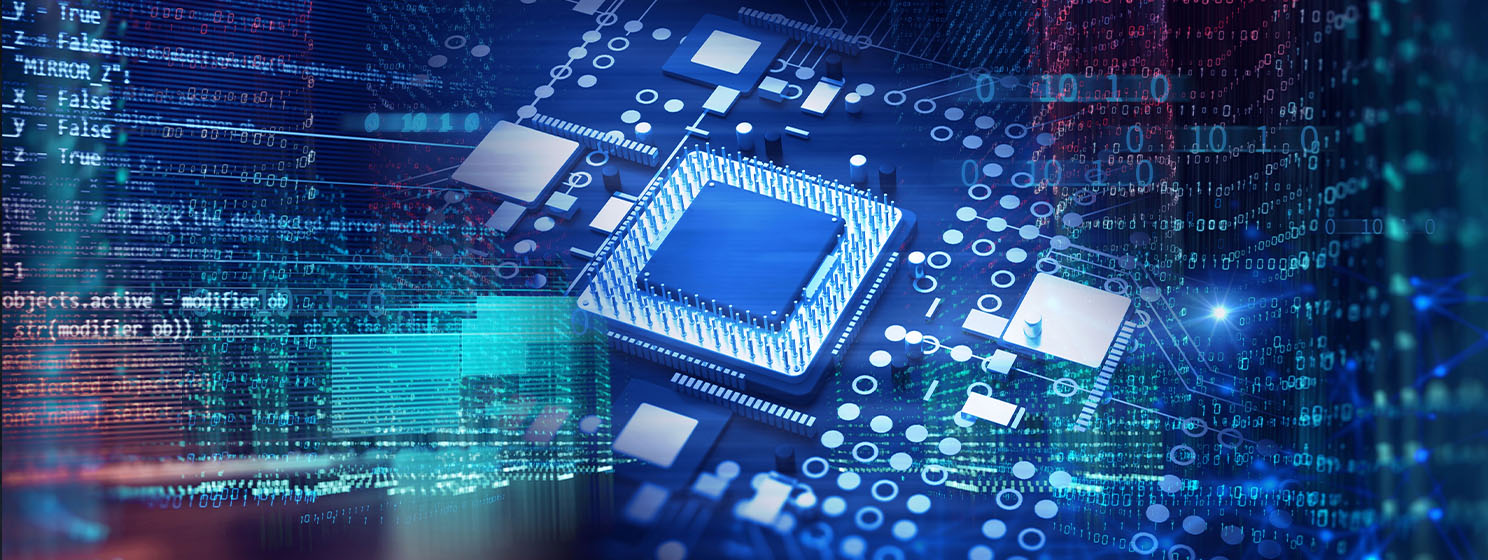

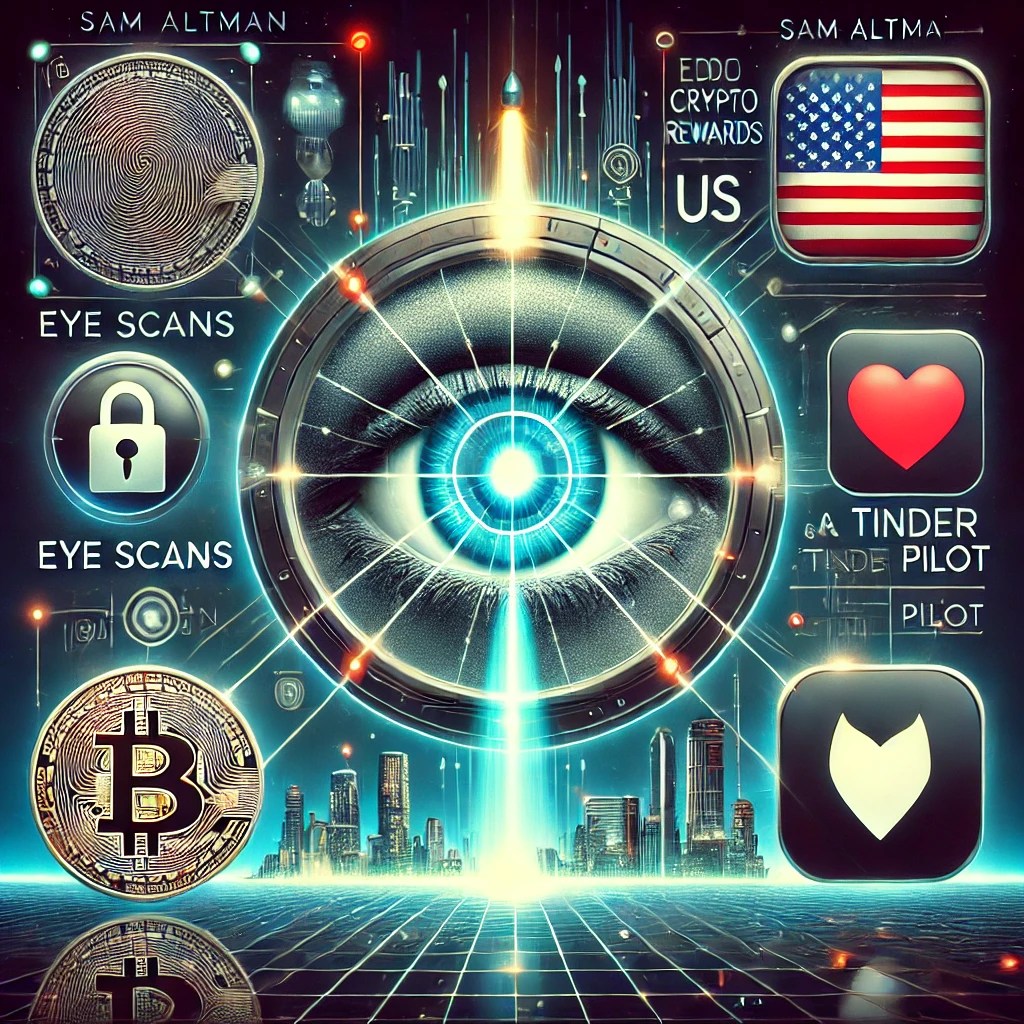
 English (US) ·
English (US) ·